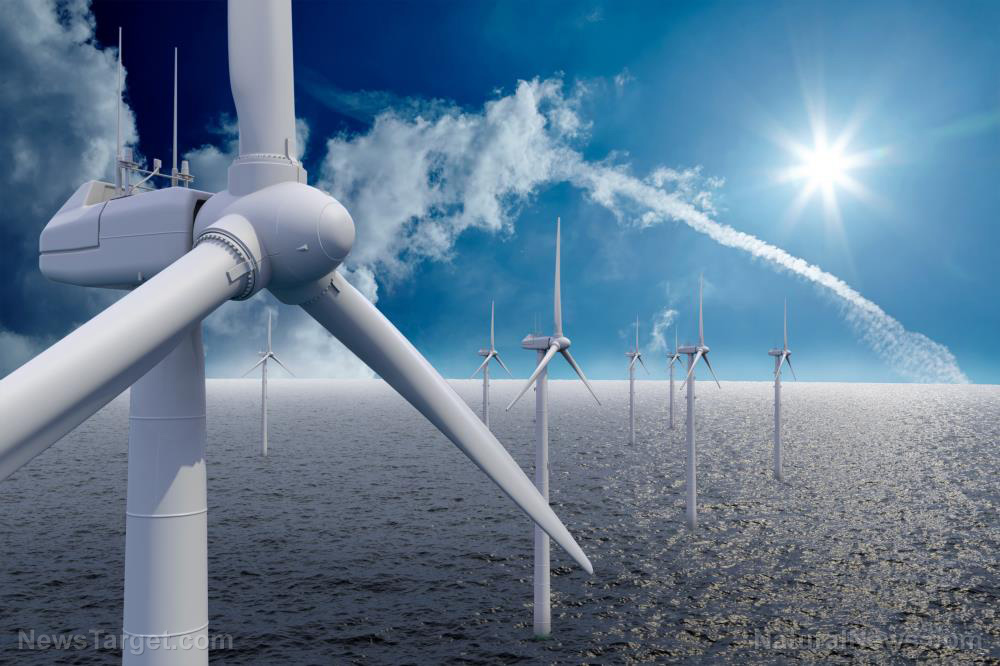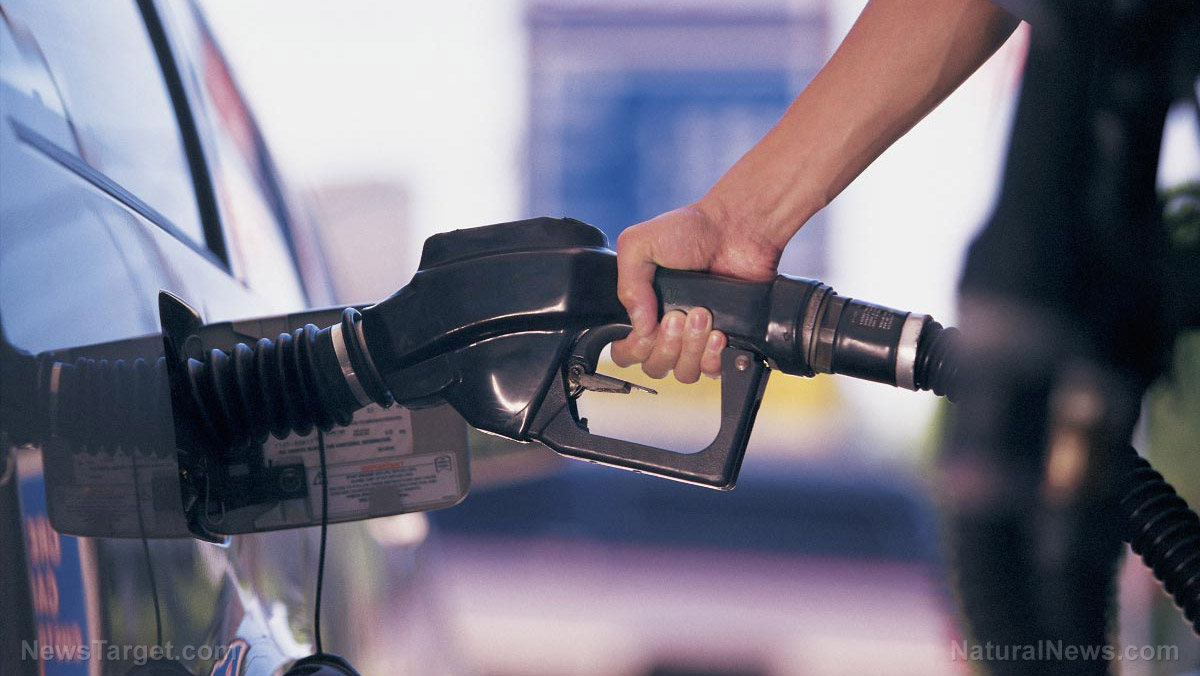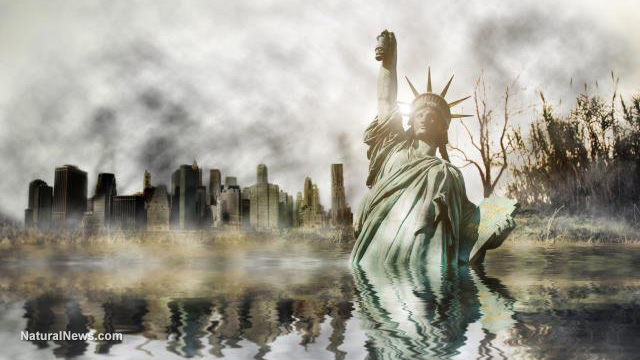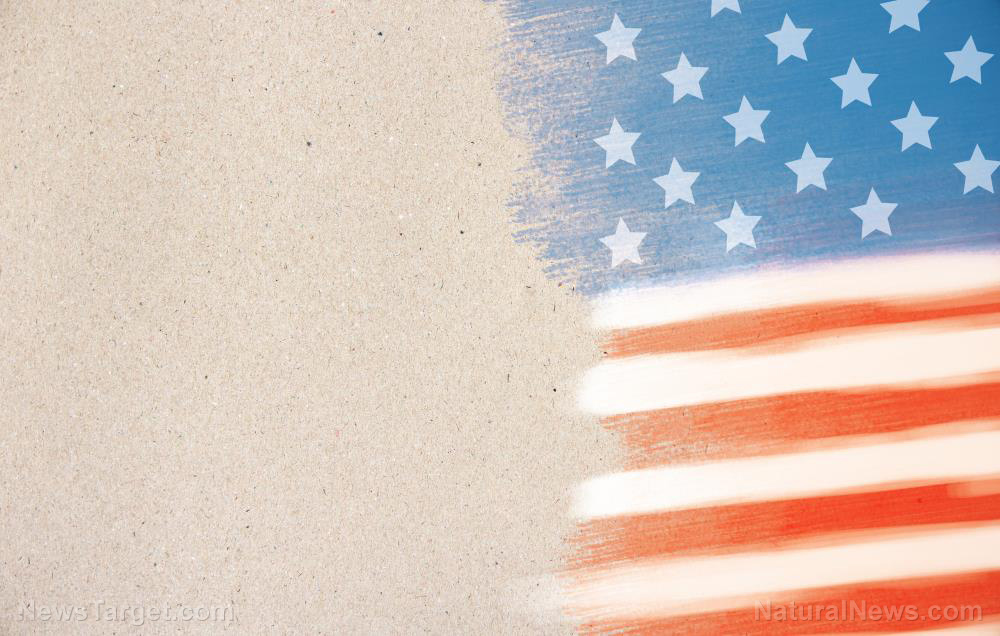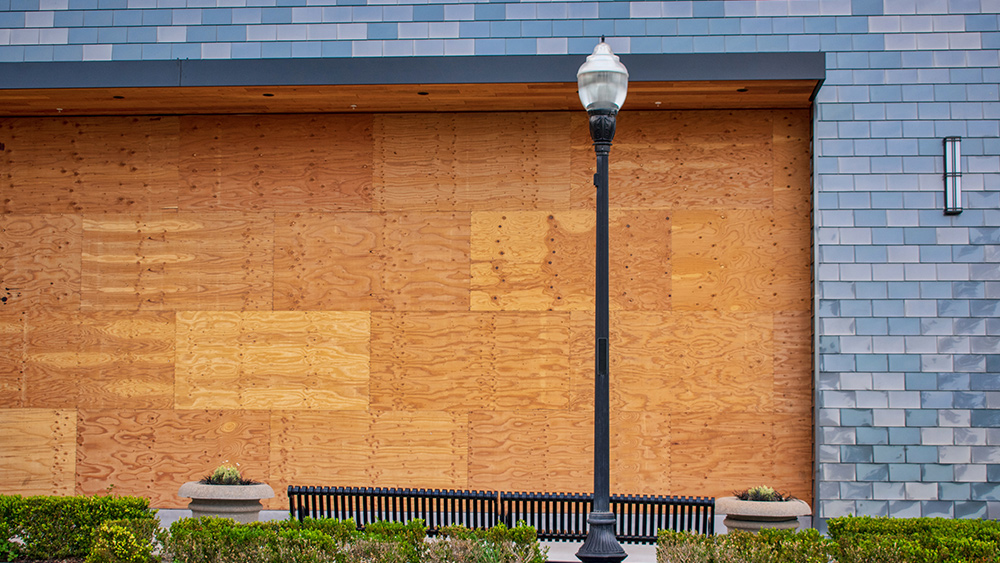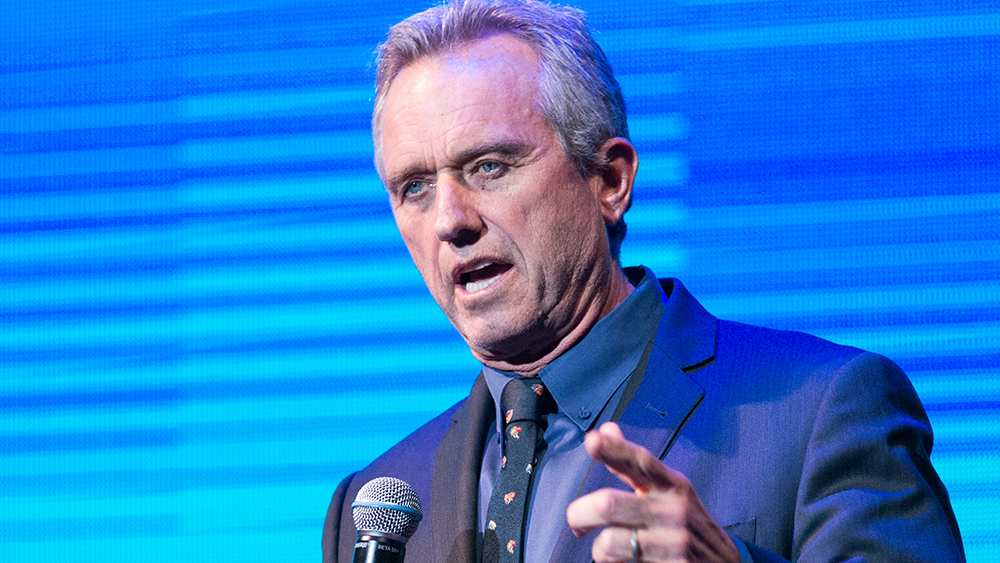Panama Canal traffic nearly HALTED due to “drought,” global supply chain NIGHTMARE to unfold
09/15/2023 / By Ethan Huff
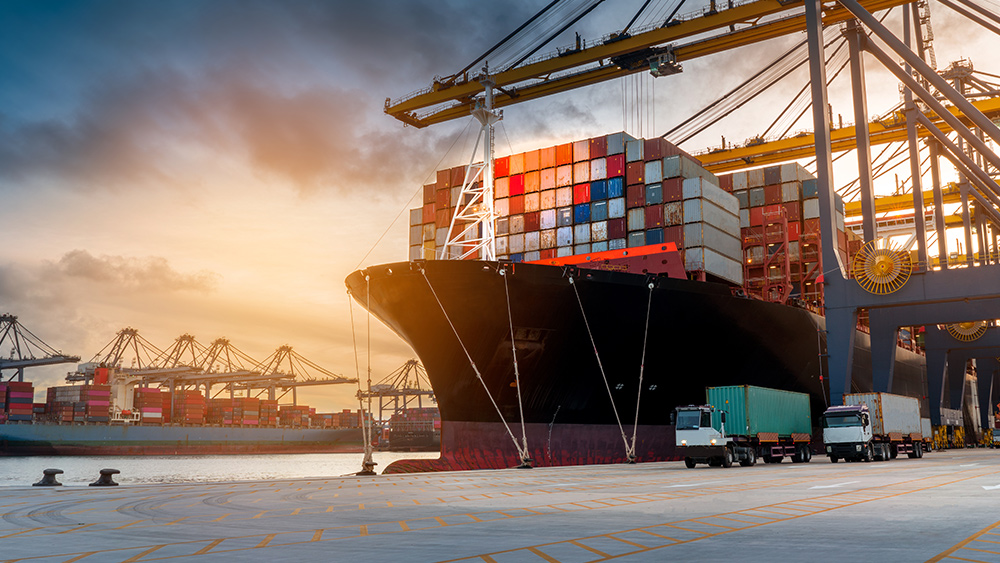
Through the rest of the month, the Panama Canal Authority (ACP) has suspended all bookings for super vessels in an attempt to mitigate the escalating backlog of ships waiting to proceed through the canal to their final destinations.
The worst backlog right now is in the “super” category, which includes shipping vessels carrying between 4,000 and 5,000 units that are 20 feet in length each. The ACP’s reservation system does not currently allow vessels this large to make reservations, so they are having to travel through one by one on a first-come, first-served basis.
In an announcement, the ACP confirmed that there are now 116 vessels waiting to traverse the Panama Canal, 66 of which have no appointment. All vessels are being encouraged to use the queueing system to reserve a slot, otherwise they will have to wait until all scheduled transit is complete.
Right now, the average wait time for a vessel to pass through the Panama Canal is 5.8 days for general cargo vessels.
(Related: For several months now, the Panama Canal has been backed up with shipping vessels that are bottlenecked in a “big mess” due to poor water level conditions, which we are told is the result of worsening drought conditions throughout the region.)
Panama is already halfway through its traditional rainy season, which is one of the driest on record
As lack of rainfall worsens water levels at the canal, the ACP’s daily transit limits and vessel draft restrictions will remain in place at least until this time next year – unless massive rainfall occurs, which is unlikely as Panama enters its dry season in late November.
Over the next 12 months, the ACP will continue to review all available options to try to maintain fluidity through the canal, though options are likely to remain limited.
“We will manage the water levels and we are looking for long-term solutions to maintain 44 feet of draft,” said ACP administrator Ricaurte Vazquez at a recent news conference.
“If we have to consider transit reductions, we will. This would be to continue with a draft of 44 feet. We will not reduce draft. If we do that, it will impact 70 percent of our shippers.”
Strangely, water levels at the Panama Canal were at their highest level ever earlier this year. Then a drought hit that the media says has “eaten into the reservoir levels.”
Now, water levels at Gatun Lake, which feeds the canal, are at a four-year low, which is especially concerning when considering that Panama is already halfway through its traditional rainy season, which has been one of the driest on record.
“Normally at the end of the rainy season in November, the lake’s water level reaches 88.58 feet,” reported Freight Waves. “Today, the water levels are at 79.6 feet.”
The amount of water it takes to allow one single vessel to pass through the Panama Canal is 50 million gallons. To help save water, the ACP has instituted a reduction in allowable daily vessel transits from 34-36 per day to just 32 per day. All vessels must also be 40 percent lighter than normal.
That 40 percent reduction requirement is actually making the problem worse as it means that more partially-filled vessels are needed to transport the same amount of cargo that would fit on just one vessel at full capacity.
“We will honor all reservations,” Vasquez stressed, all things considered. “The Panama Canal is still the route of choice for maritime. We will accommodate our customers.”
What do you think: Will the global supply chain break in a catastrophic way from all this stress and death by a million cuts? Learn more at Collapse.news.
Sources for this article include:
Submit a correction >>
Tagged Under:
Bubble, chaos, climate, Collapse, disaster, drought, ecology, economic riot, environment, market crash, Panama Canal, panic, risk, shipping, SHTF, supply chain, vessels, weather terrorism
This article may contain statements that reflect the opinion of the author
RECENT NEWS & ARTICLES
COPYRIGHT © 2017 MARKET CRASH NEWS



